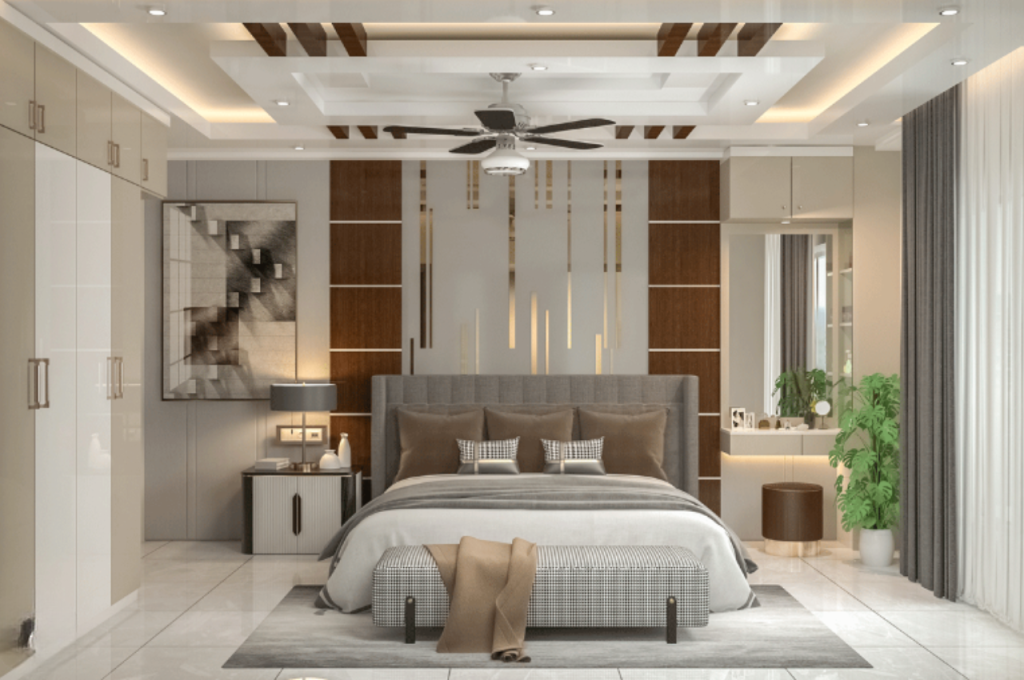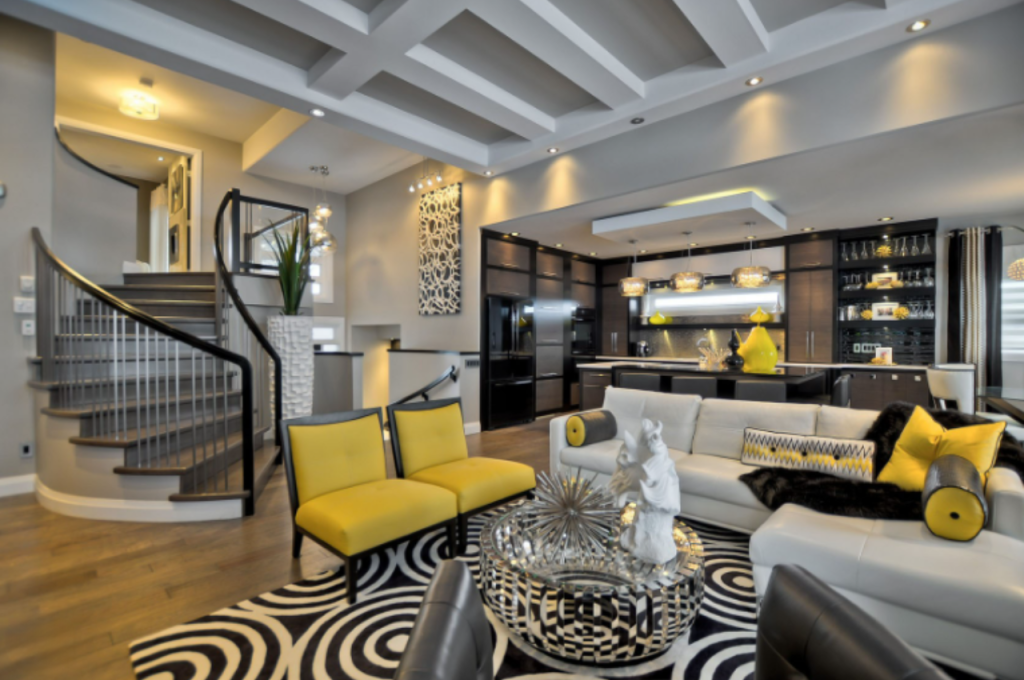Interior design and fashion design represent distinct realms of creativity, each with its own merits and challenges. Comparing the two in terms of superiority is not feasible due to their unique characteristics and objectives.
Attempting to determine which is “better” is inherently subjective and depends on individual interests, skills, and preferences. While interior design focuses on creating functional and visually appealing environments within architectural spaces, fashion design revolves around crafting clothing and accessories that reflect personal style and trends. Both disciplines require a blend of artistic flair, technical expertise, and an understanding of design principles. Ultimately, the choice between interior design and fashion design comes down to personal passion and career goals.
Education and Training
Choosing between interior design and fashion design ultimately comes down to an individual’s interests and skills. While both fields require creativity and attention to detail, interior design focuses on spaces and functionality while fashion designing spans apparel design and production.

Essential Training for Interior Designers: Education Insight
Interior design is the art of creating functional and aesthetically pleasing living spaces that meet the needs and preferences of clients. To be a successful Interior Designer, you need to have specific education and training qualifications. To begin with, you need to have a Bachelor’s degree in Interior design available at many Colleges and Universities worldwide. It typically takes about four years of study to complete this degree program. Various courses related to Interior design that you will be studying are the history of Interior Design, color theory, drawing and sketching, Space Planning, 3D Design Modeling, lighting, and furniture design. After obtaining your degree, you can acquire additional certifications or Licenses such as NCIDQ or CCIDC, which opens up broader opportunities in the field.
Fashion Designing Education and Essential Training Insights
Fashion Design is an ever-evolving field where creative and artistic skills are crucial to becoming a successful designer. To pursue a career in this field, a Bachelor’s degree in Fashion Designing is preferable which typically takes about four years to complete. One of the essential courses that you would be studying is the art of fashion illustration, textile science, fashion sketching, garment construction, fashion merchandising, and design theories.
After finishing your degree, you can obtain various professional certifications from different organizations, such as the American Association of Textile Chemists and Colorists (AATCC) or the International Textile and Apparel Association (ITAA). However, it’s not always essential to have a degree in Fashion Designing. You can opt for diploma or certificate courses from vocational institutes or Art Schools.
Differences Between Interior Design and Fashion Designing
Although interior design and fashion design are both fields of design, they differ in terms of materials used, design elements, and target audience. Here are some notable differences between the two:
Materials Used
The primary materials used in interior design are furniture, paint, wallpaper, flooring, and lighting. In contrast, fashion design primarily uses fabrics such as silk, cotton, wool, and polyester. Interior designers and fashion designers choose materials based on their durability, quality, and functionality, but their choices differ significantly depending on the project or product.
Design Elements
The design elements in interior design are centered around functionality, comfort, and usability. Interior designers aim to create visually appealing spaces, offer comfort, and meet the user’s specific needs. Fashion design, on the other hand, focuses on aesthetic appeal, texture, and patterns. Fashion designers aim to create wearable art that reflects the current fashion trends and satisfies the consumer’s taste.
Target Audience
The target audience in interior design and fashion design differ significantly. Interior designers cater to individuals or organizations who require comfortable, functional, and visually attractive spaces. They work on residential and commercial projects such as homes, offices, hotels, and restaurants. Fashion designers, on the other hand, cater to individuals who desire fashionable clothing. They design and create clothing for retail stores, fashion shows, or individual clients.
Similarities Between Interior Design and Fashion Designing
Interior designing and fashion designing are two creative fields that are often compared to one another. While they may seem vastly different, there are quite a few similarities between the two. In this section, we will explore some of the key similarities between interior design and fashion design.
Creativity
One of the most obvious similarities between interior design and fashion design is the need for creativity. Both require individuals to have a flair for design and the ability to think outside the box. Interior designers and fashion designers both need to have an eye for detail and be able to envision a finished product before it is even created.
Design Process
Another similarity between interior design and fashion design is the design process. Both fields require individuals to follow a specific design process to create their finished product. For example, both interior designers and fashion designers need to sketch out their design ideas before they start to create them. They also need to source the materials and fabrics that they will need to create their product.

Trends and Fashion
Finally, interior design and fashion design are both heavily influenced by trends and fashion. In the fashion industry, designers need to stay up-to-date with the latest trends in clothing, accessories, and makeup. Similarly, interior designers need to have a good understanding of the latest trends in furniture, decor, and color palettes to create designs that are both modern and stylish.
| Interior Designing | Fashion Designing |
| Focuses on creating functional and aesthetically pleasing spaces | Focuses on creating clothes, accessories, and makeup that are both functional and aesthetically pleasing |
| Requires a knowledge of color theory, furniture design, and architecture | Requires a knowledge of color theory, garment construction, and textile design |
| Often involves working with contractors and builders to bring a design to life | Often involves working with manufacturers and seamstresses to bring a design to life |
| Can be applied in a variety of settings, including homes, offices, and retail spaces | Can be applied in a variety of settings, including fashion shows, retail stores, and photo shoots |
In summary, interior design and fashion design may seem like very different fields, but they have a lot in common. Both require individuals to have a strong sense of creativity, a good understanding of the design process, and an ability to stay up-to-date with the latest trends and fashion.
Job Prospects and Income
Interior design and fashion design both offer excellent job prospects and income opportunities. However, the choice between the two depends on personal interests and skills. Interior designers tend to earn more on average, but fashion designers can also earn high salaries with experience and success in the field.
As creative professions, both Interior Designing and Fashion Designing are gaining popularity among students as career choices. Designing, be it in interiors or clothes, is an art that requires immense skill and creativity. While both fields require creative thinking, they differ significantly in terms of job prospects and income. In this blog post, we explore the job prospects and relative income for Interior Designing and Fashion Designing.
Exploring Job Prospects of Interior Designing
Interior designing offers a wide range of job prospects. Interior designers can choose to work for large architecture firms or start their interior designing firms. They are also in demand in the hospitality industry, such as hotels, resorts, and casinos, to design living spaces for guests. Interior designers can also choose to specialize in a particular area, such as residential, commercial, or industrial structures. With the increasing awareness of sustainability and green design, interior designers who specialize in eco-friendly designs have bright prospects. According to the Bureau of Labor Statistics, the job outlook in Interior design is expected to grow by 4 percent between 2019 to 2029.
Exploring Job Prospects of Fashion Designing
Fashion Designing is a growing field with a wide range of career options. Fashion designers can work for large fashion houses or start their fashion lines. With the rise of e-commerce, there is also a demand for fashion designers in the online fashion industry. In addition, fashion designers can work for media and entertainment companies, including TV and film productions. Job prospects in the fashion industry are competitive, and fashion designers may need to start with internships to gain valuable experience and build their portfolios. According to the Bureau of Labor Statistics, job prospects in Fashion Design are expected to decline by 4 percent between 2019 to 2029.
Relative Income in Both Fields
While both Interior Designing and Fashion Designing are creative fields, they differ significantly in terms of average income. Interior Designers earn an average of $56,040 per year, according to the Bureau of Labor Statistics. In contrast, Fashion Designers earn an average of $73,790 per year. However, the income in both fields can vary widely depending on experience, education, and location. For instance, a fashion designer in New York City might earn more than a fashion designer in a small town.
Challenges Faced in Both Fields
Interior design and fashion design are two creative fields that involve different challenges for professionals to overcome. However, there are some challenges which are common for both fields. In this blog post, we will discuss the challenges faced by both interior designers and fashion designers.

Challenges Faced By Interior Designers
- Meeting client expectations – Different clients have different expectations, and it’s the responsibility of the designer to fulfill those expectations while keeping the project within budget.
- Spatial constraints – Space is a limiting factor in interior design, and it can be quite challenging to work within a given space. Designers have to make the most of every square inch by using clever ideas and solutions.
- Staying on top of trends – Design trends keep changing, and designers should keep up with the latest trends to remain relevant in the industry. It can be challenging to stay up-to-date while also creating unique designs that stand out.
- Time management – Interior design projects often involve multiple tasks that need to be completed within a specific timeframe. Managing time efficiently is crucial to ensure that deadlines are met.
Challenges Faced By Fashion Designers
- Creating unique designs – In fashion, it’s essential to come up with new and innovative designs that stand out from the crowd. It can be challenging to create something that’s never been seen before.
- Meeting deadlines – Fashion design involves a lot of deadlines; designers have to work under pressure and meet deadlines without compromising on the quality of the product.
- Staying on top of trends – Similar to interior design, fashion trends keep changing, and designers should keep up with the latest trends to remain relevant and meet customer demands.
- Fabric selection – Choosing the right fabric for a particular design can be quite challenging. Designers have to consider fabric quality, cost, sustainability, and many other factors when selecting fabrics.
Conclusion
Deciding between interior design and fashion design is a personal choice that depends on your interests, skills, and passions. Both career paths offer exciting opportunities, challenges, and creative outlets. Interior designers can transform spaces into functional and aesthetically pleasing areas, while fashion designers can showcase their visions through clothing and accessories.
Ultimately, success in either field requires hard work, dedication, and continuous learning. So, choose the path that aligns with your talents and values, and enjoy the journey ahead.

